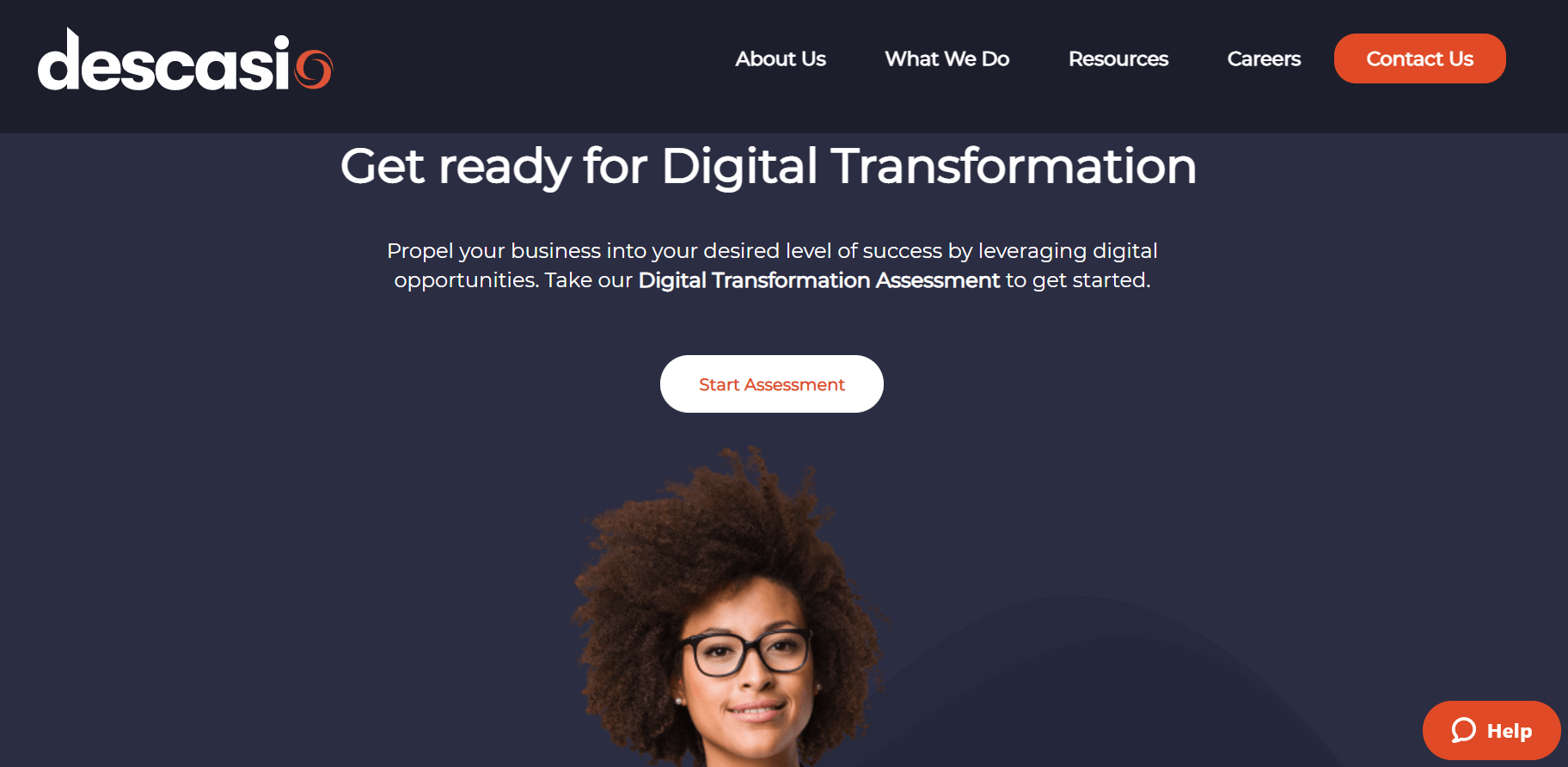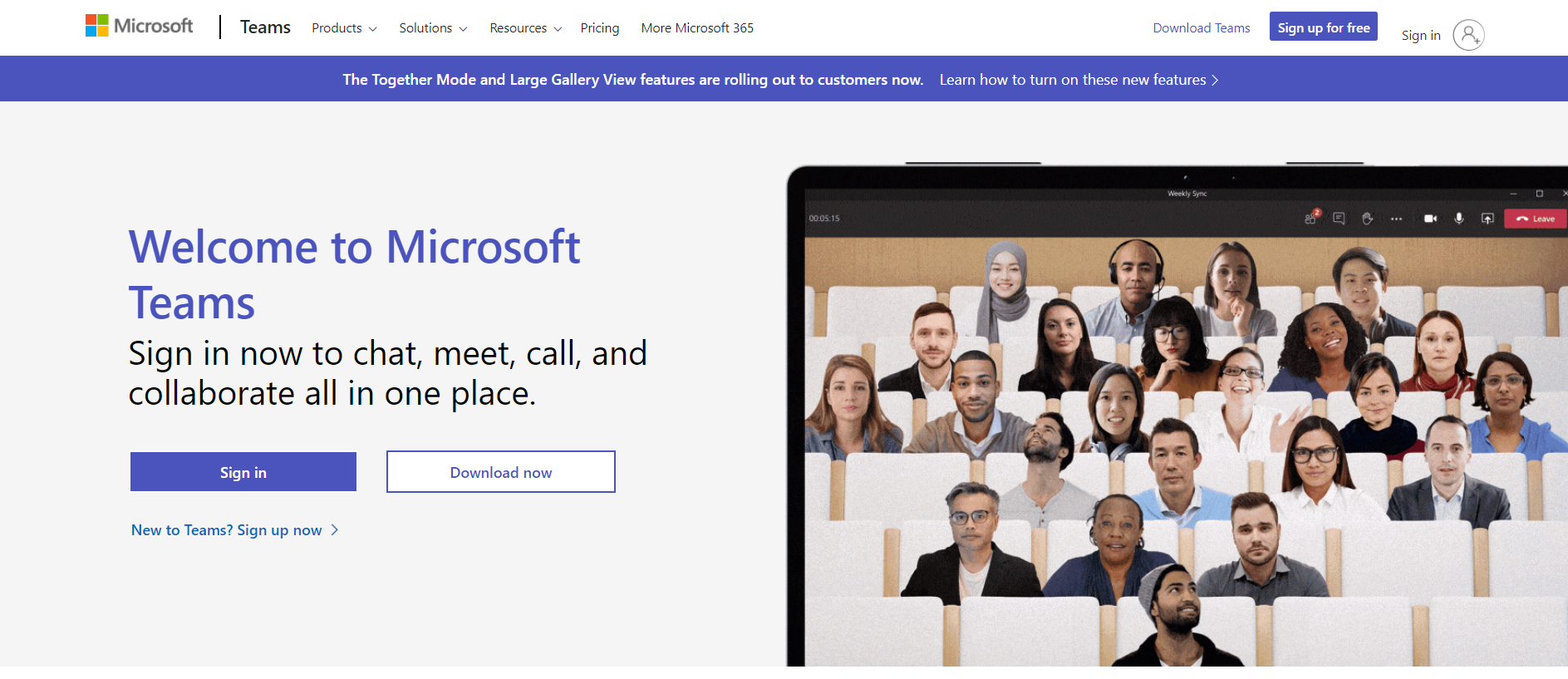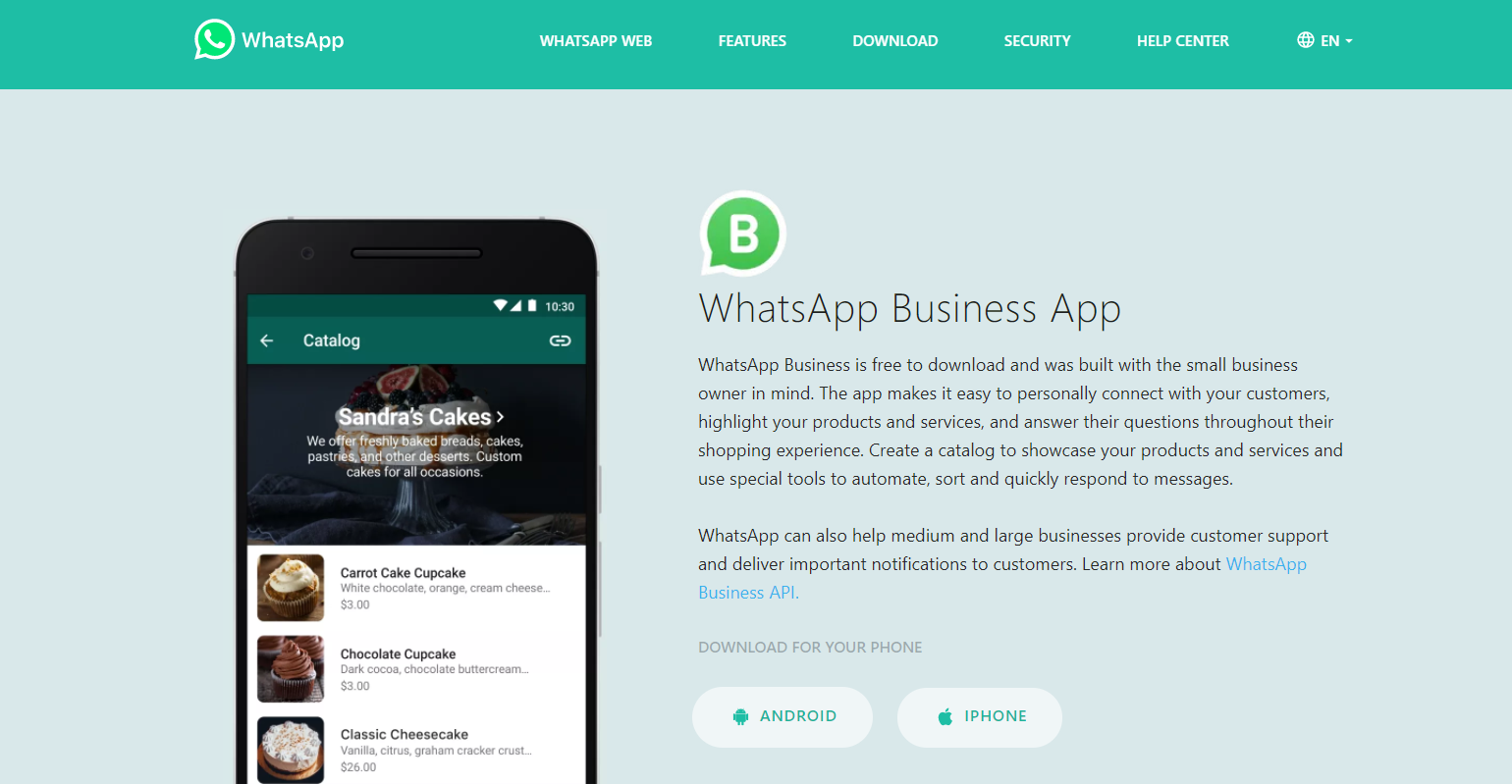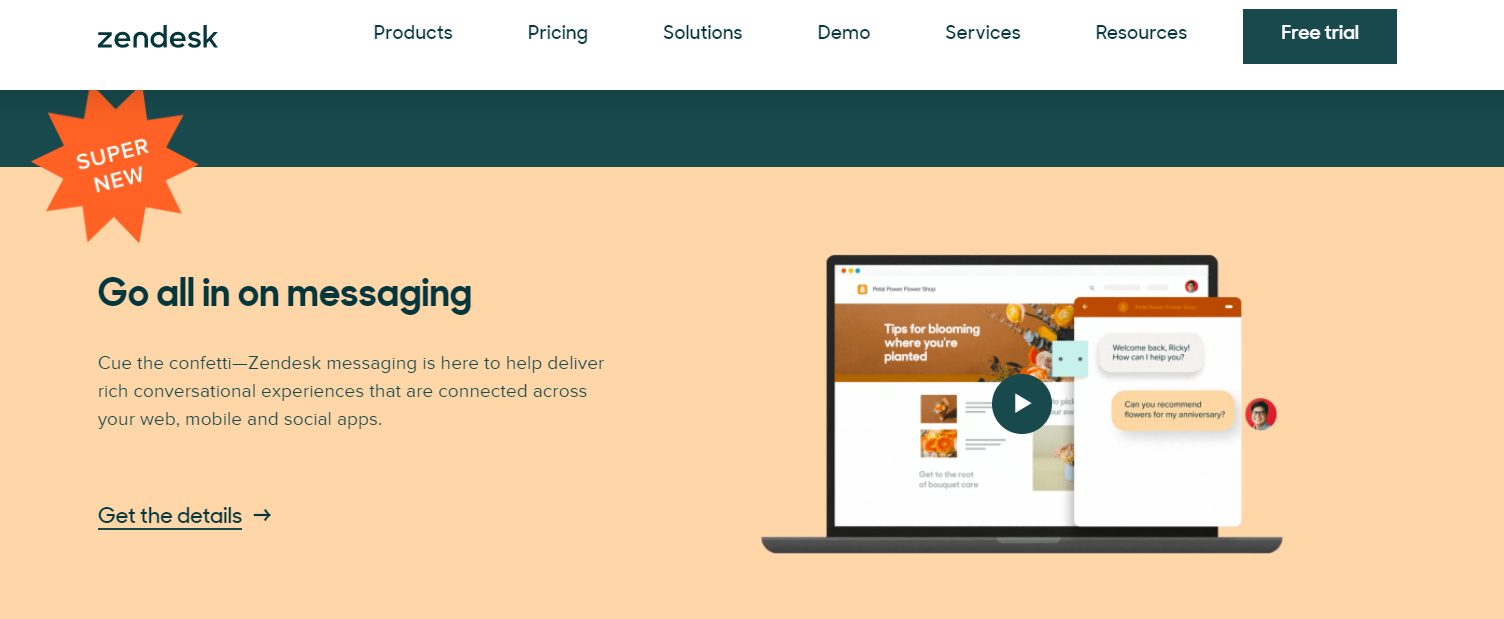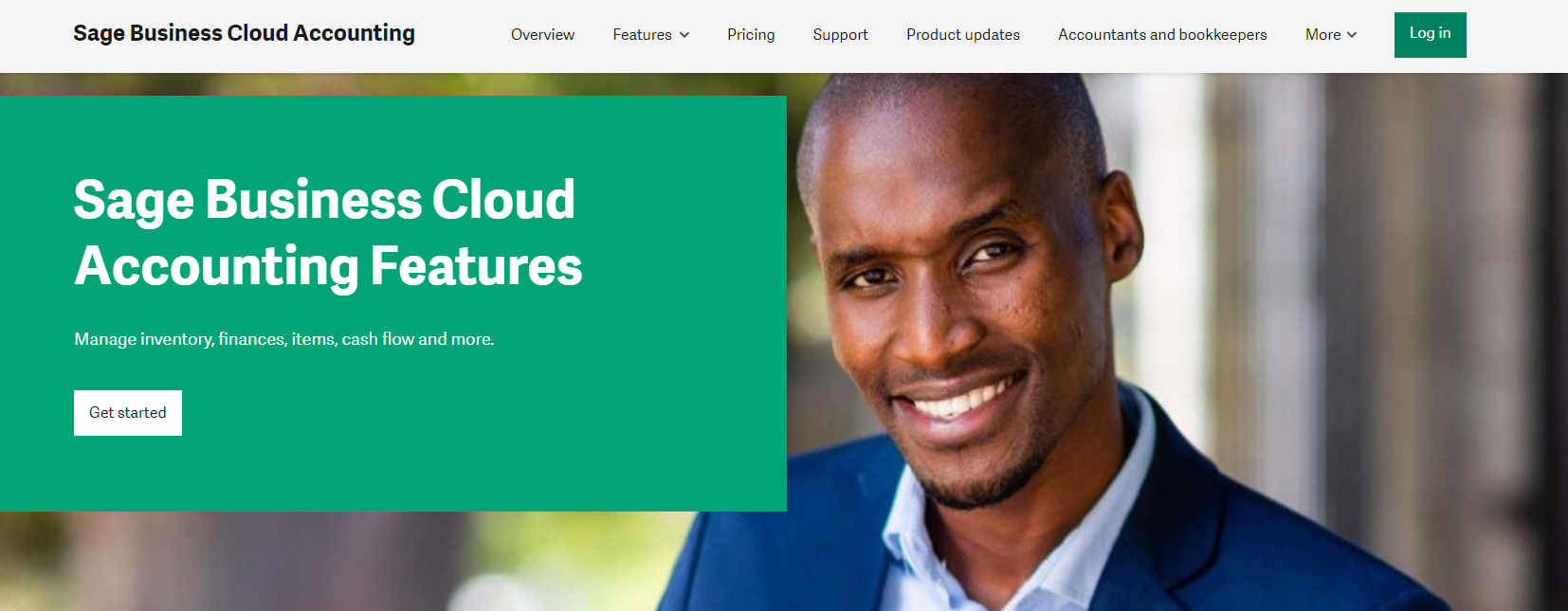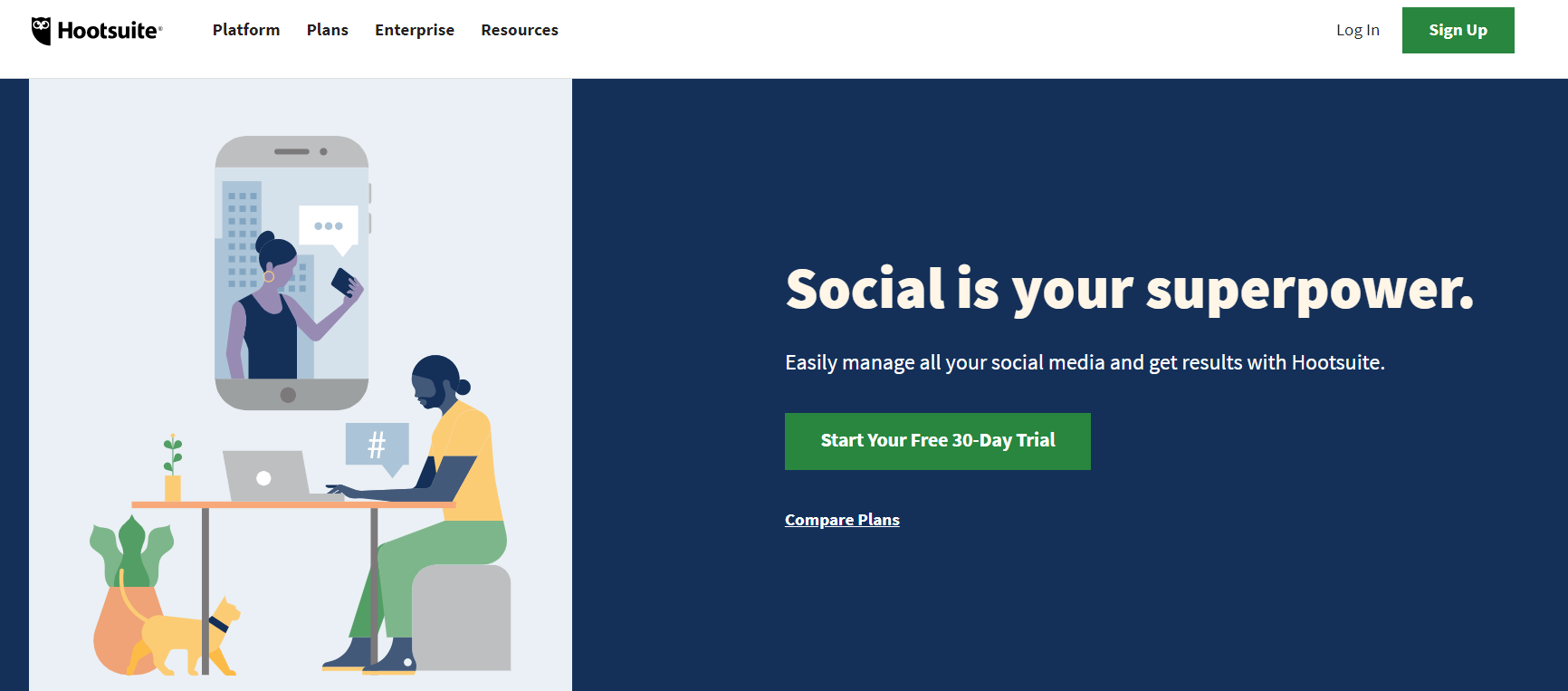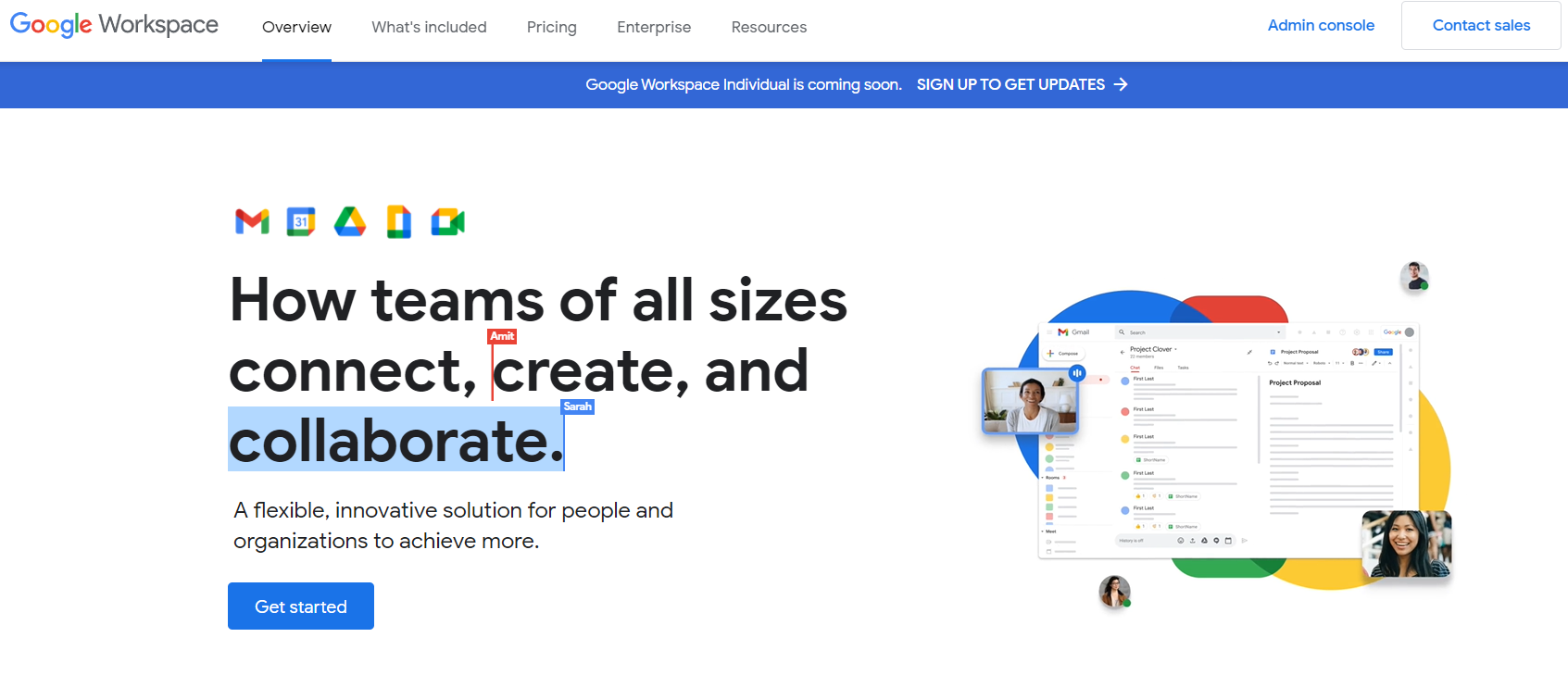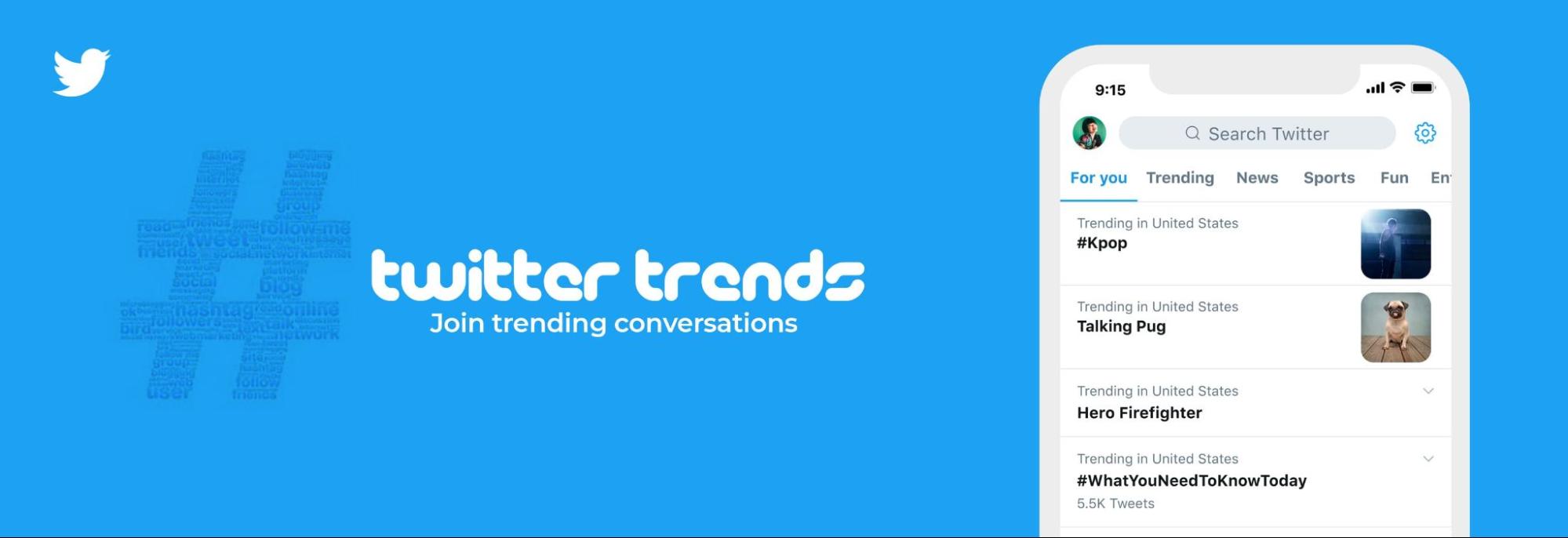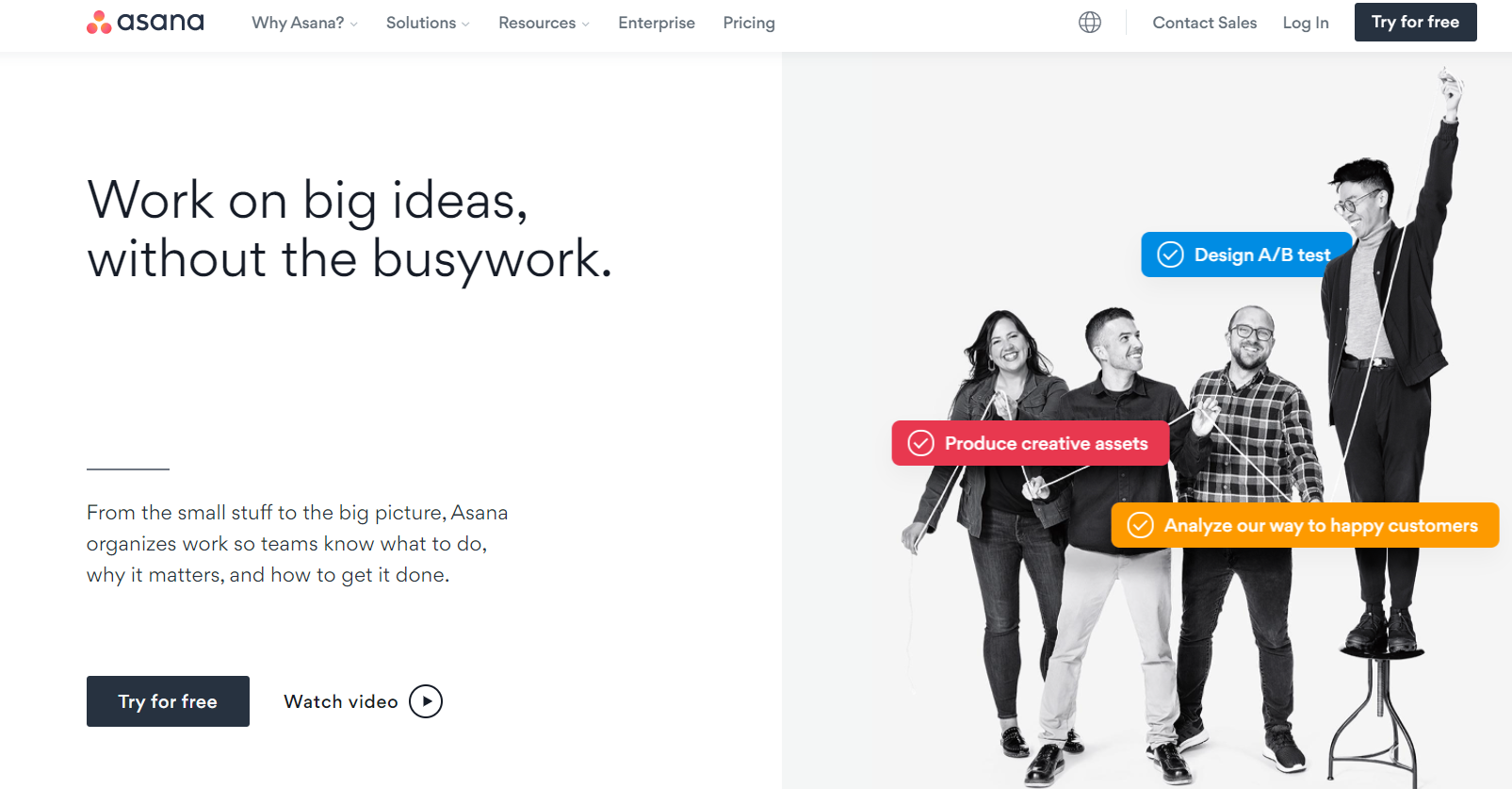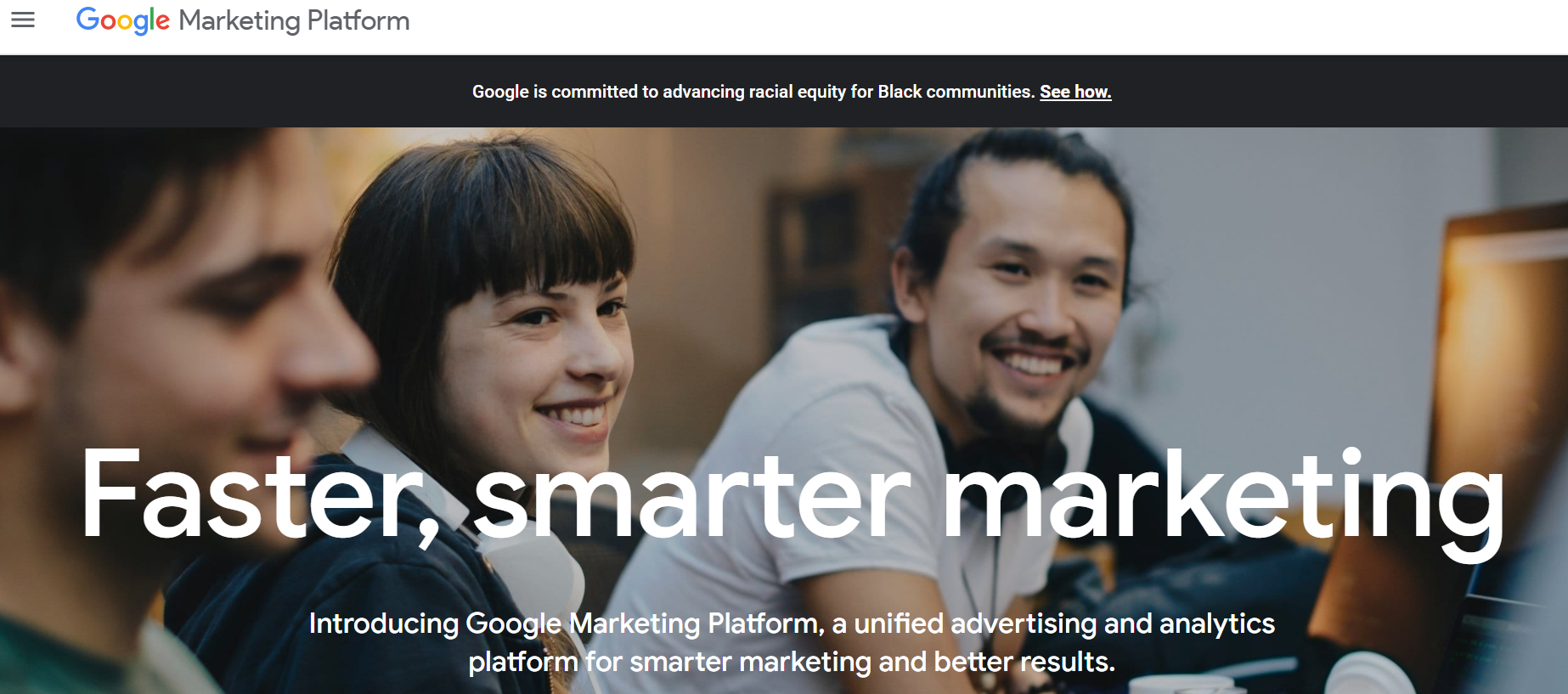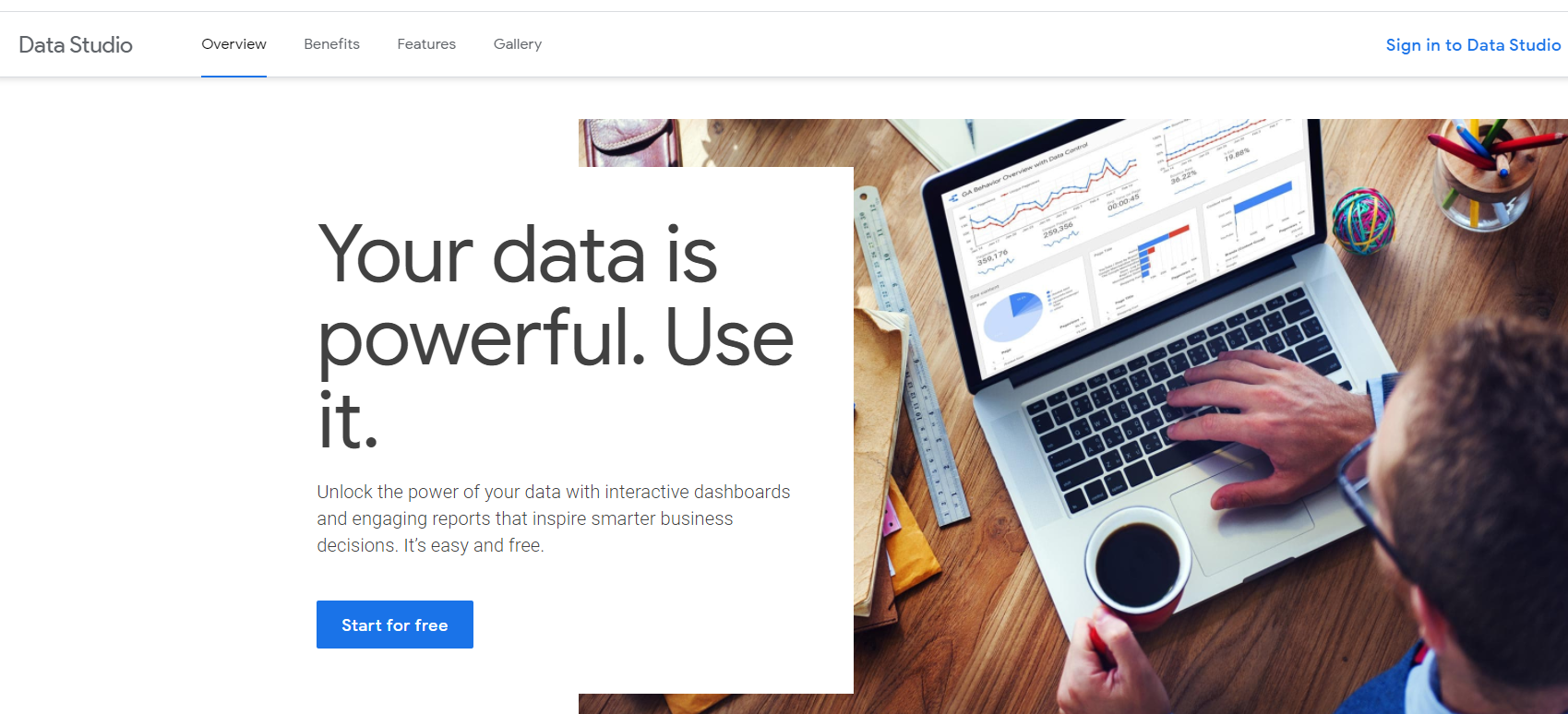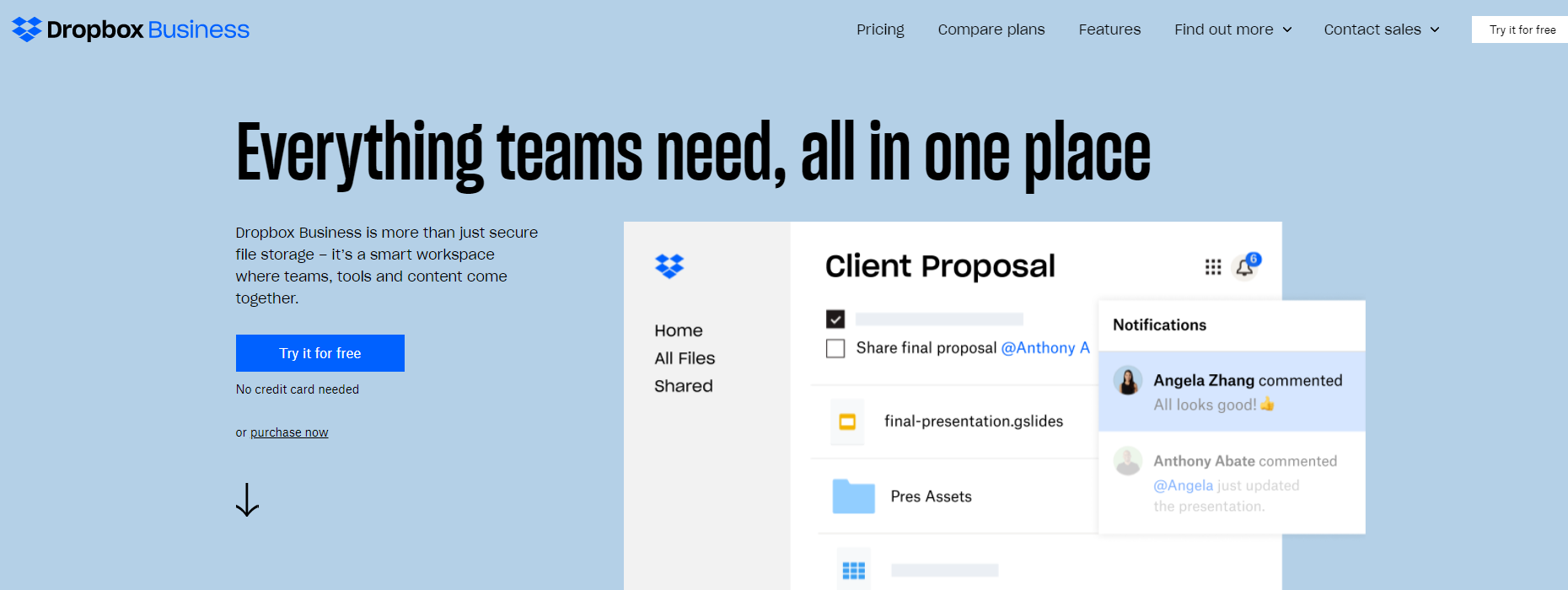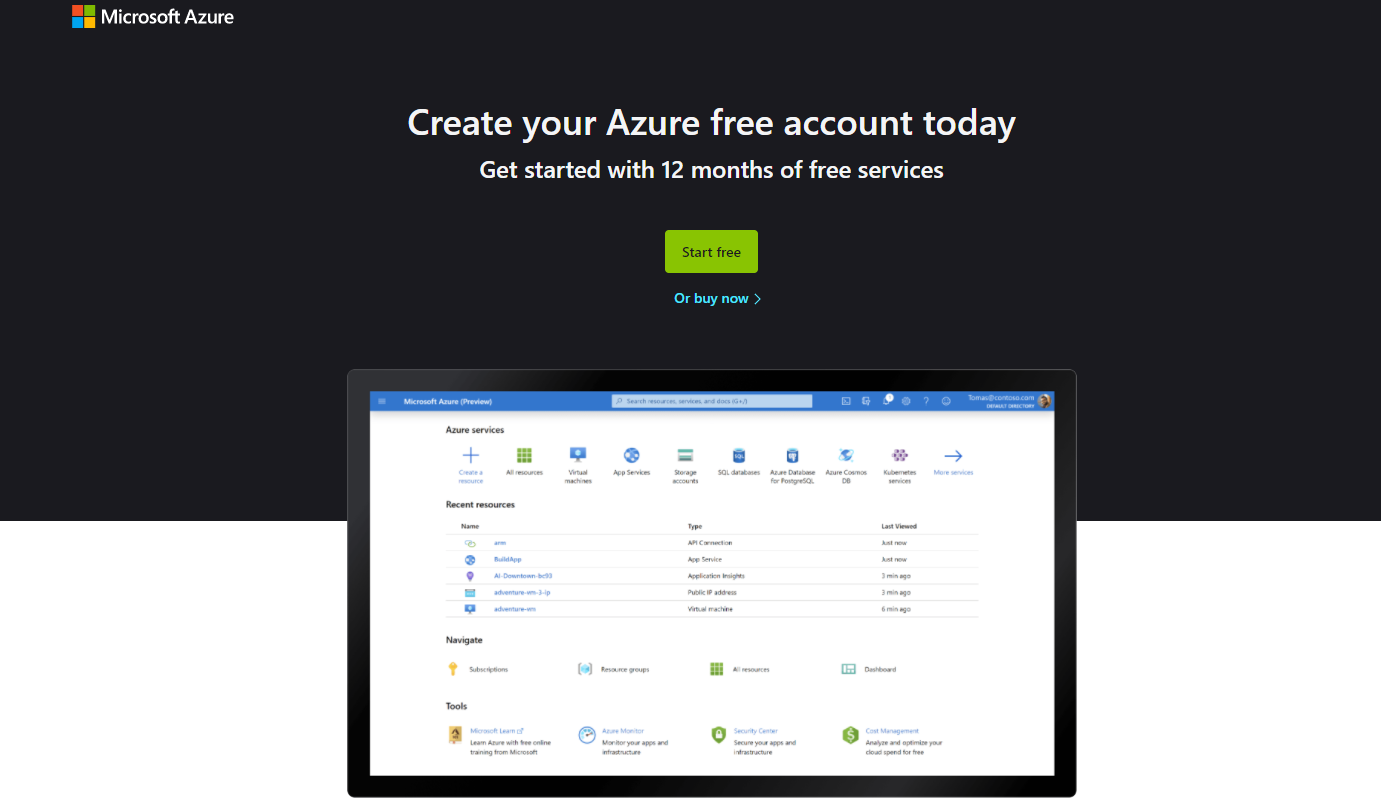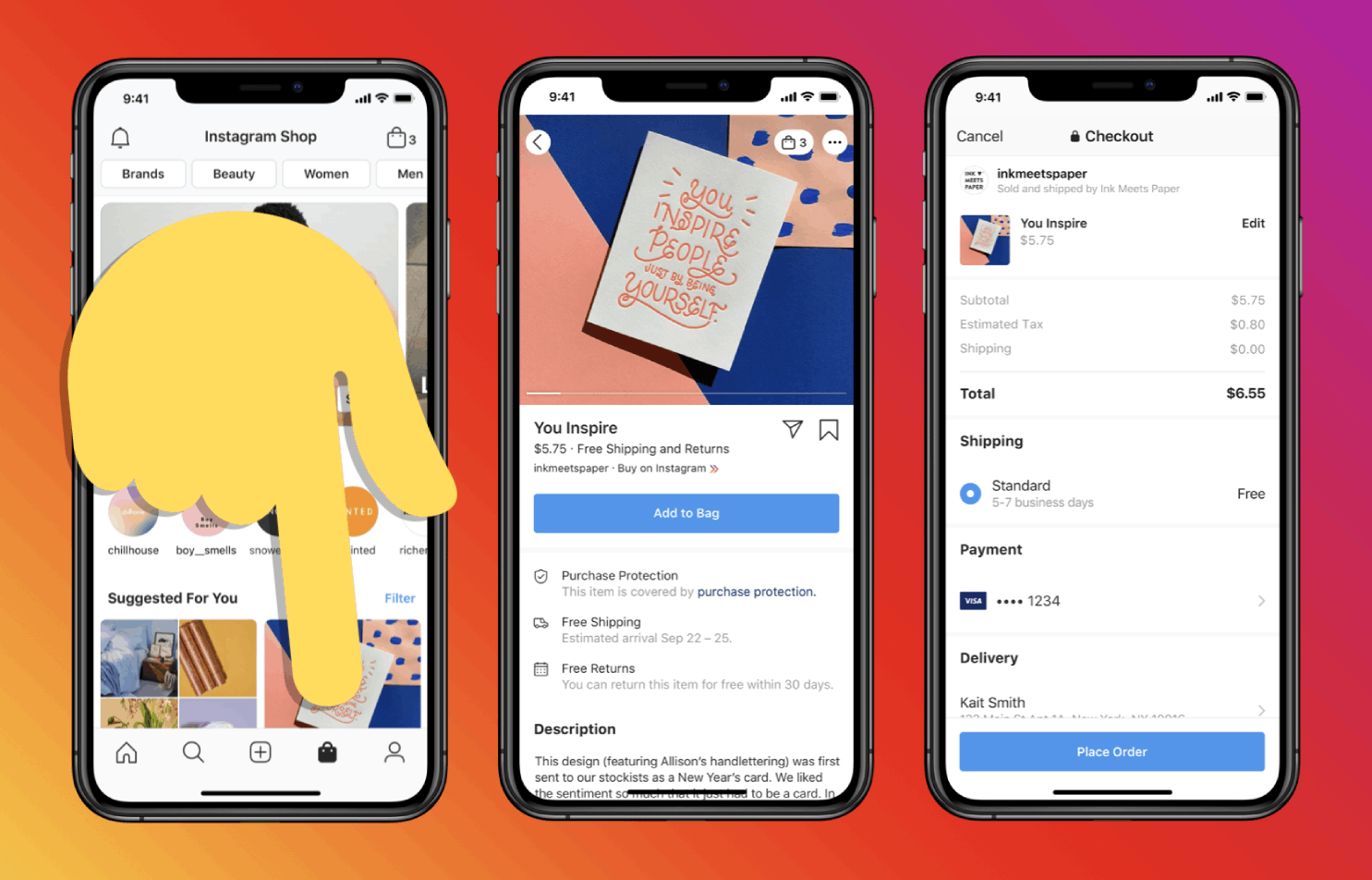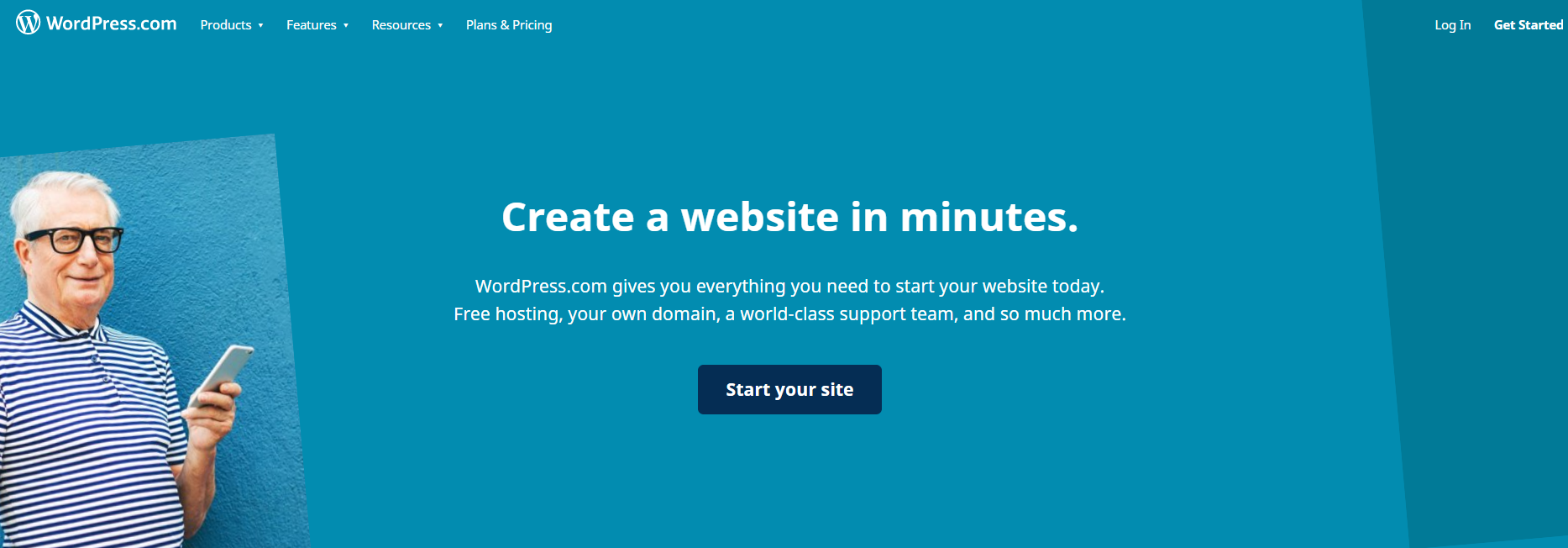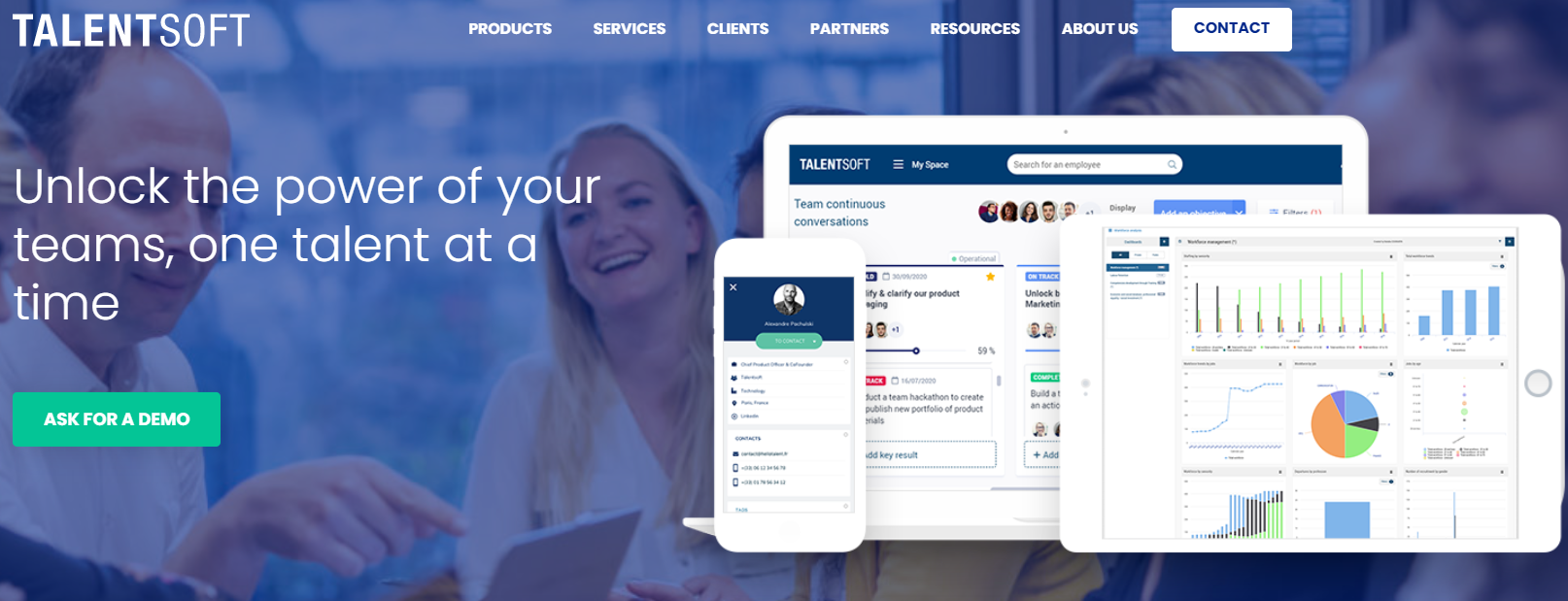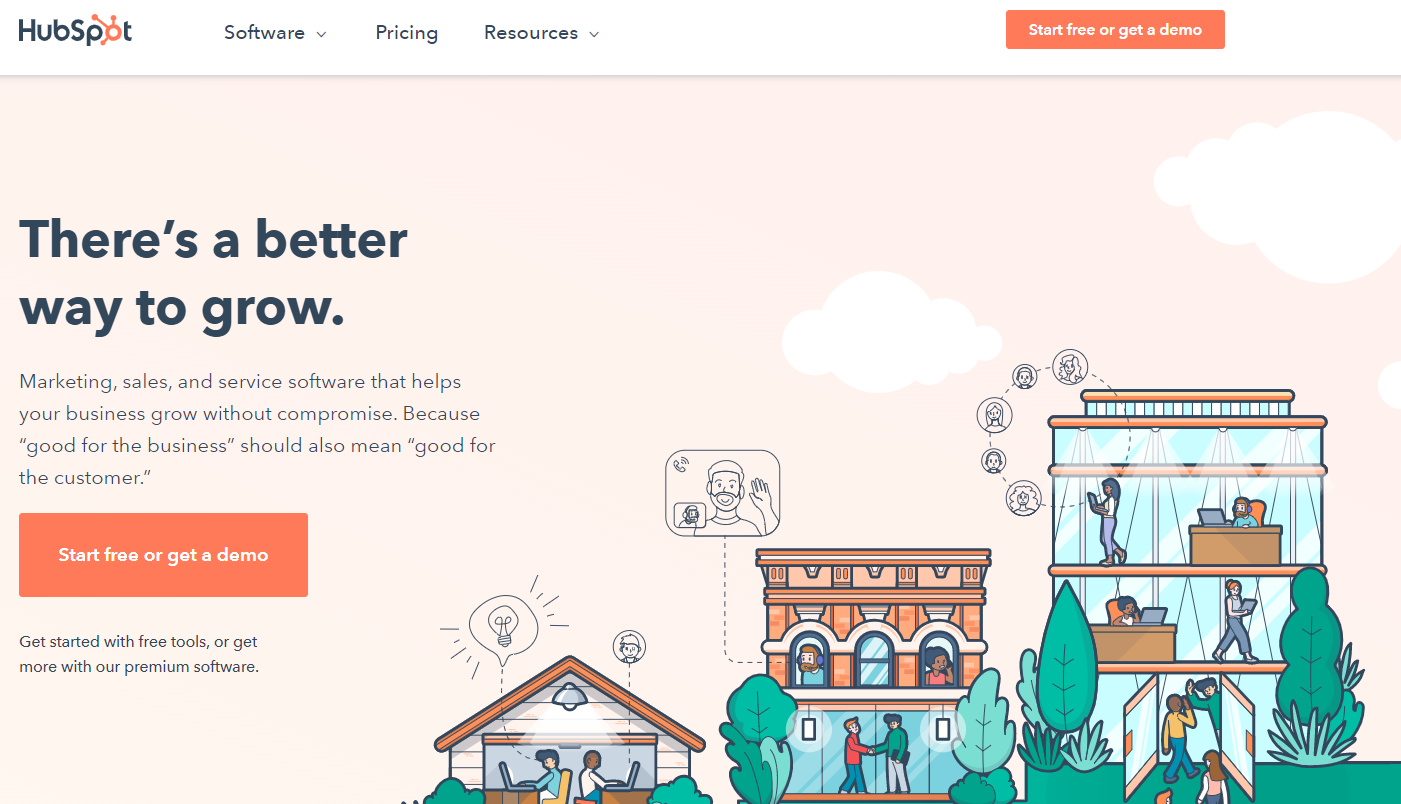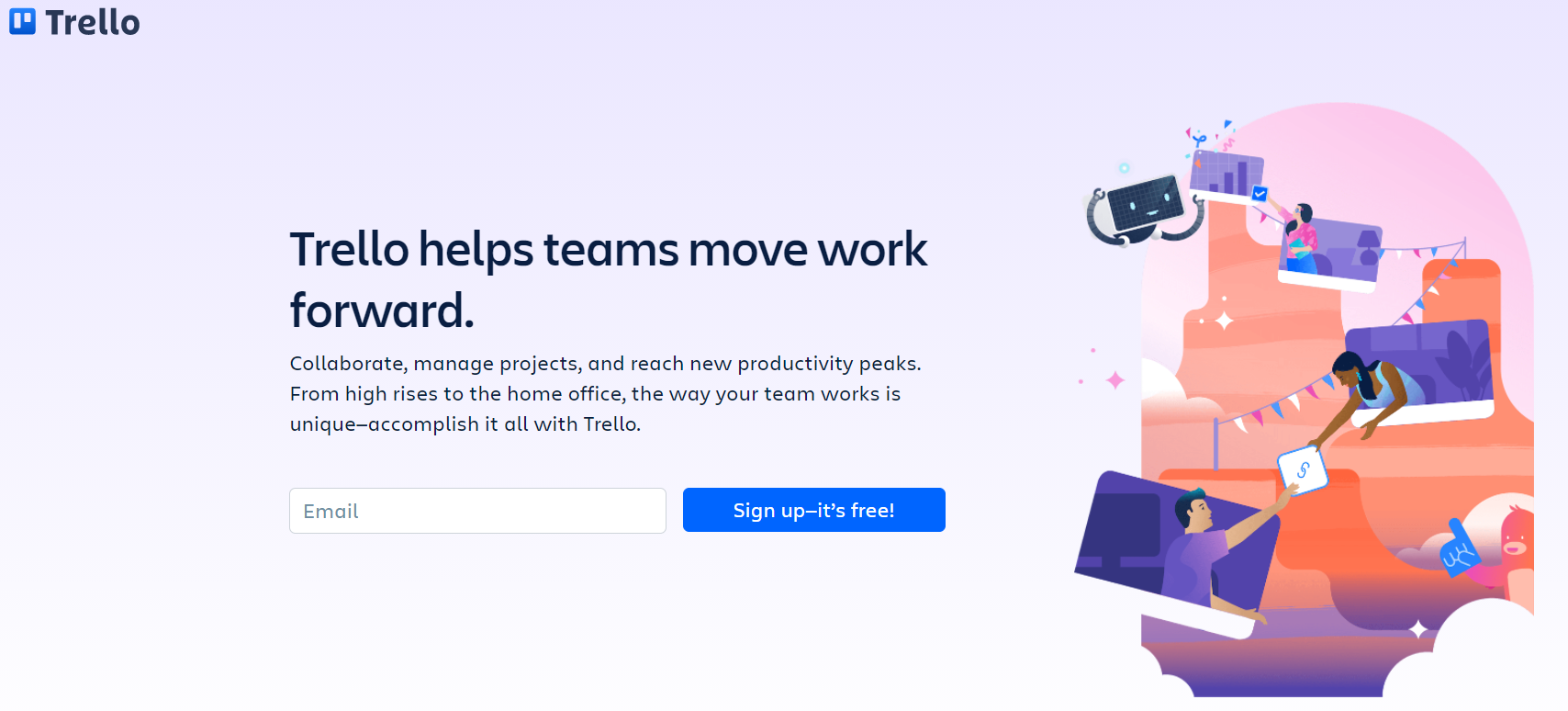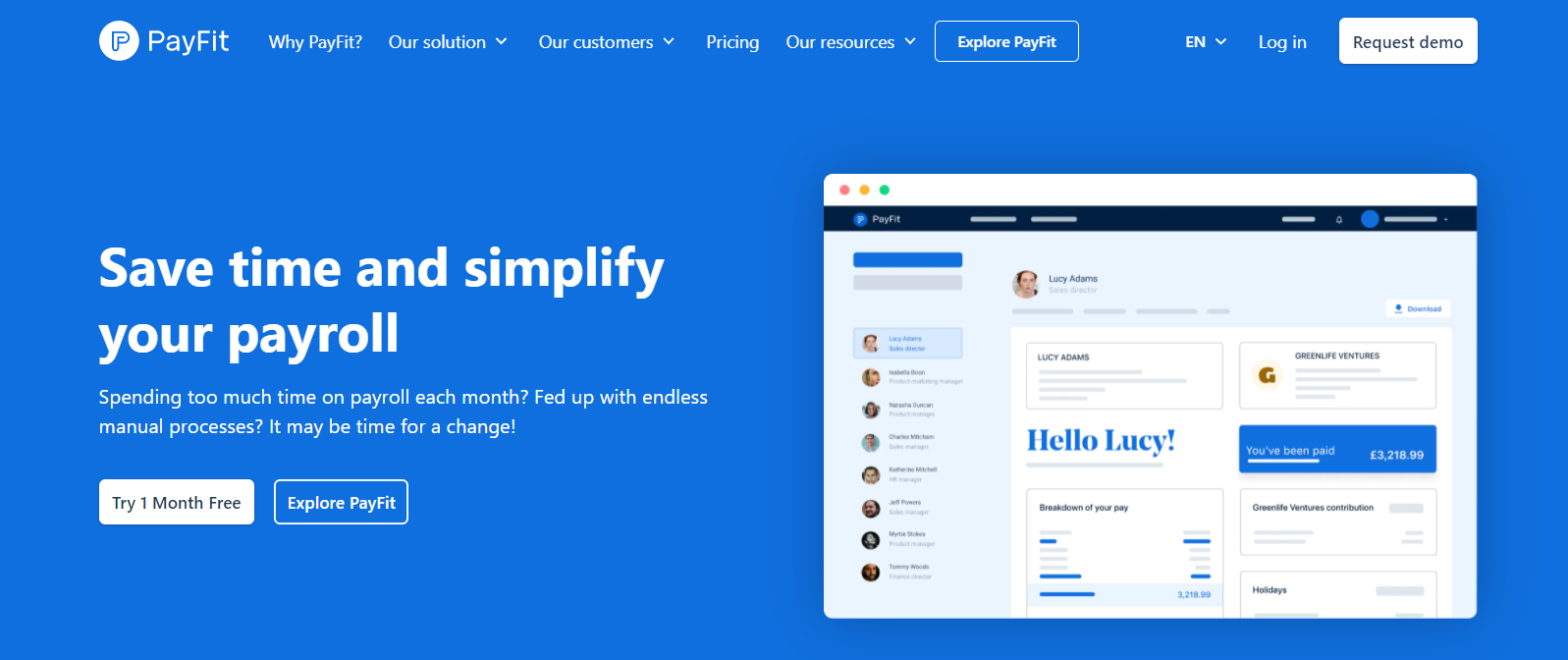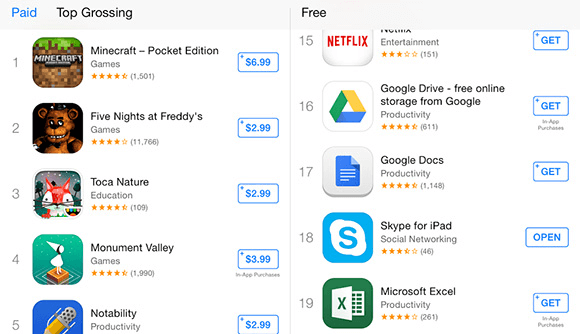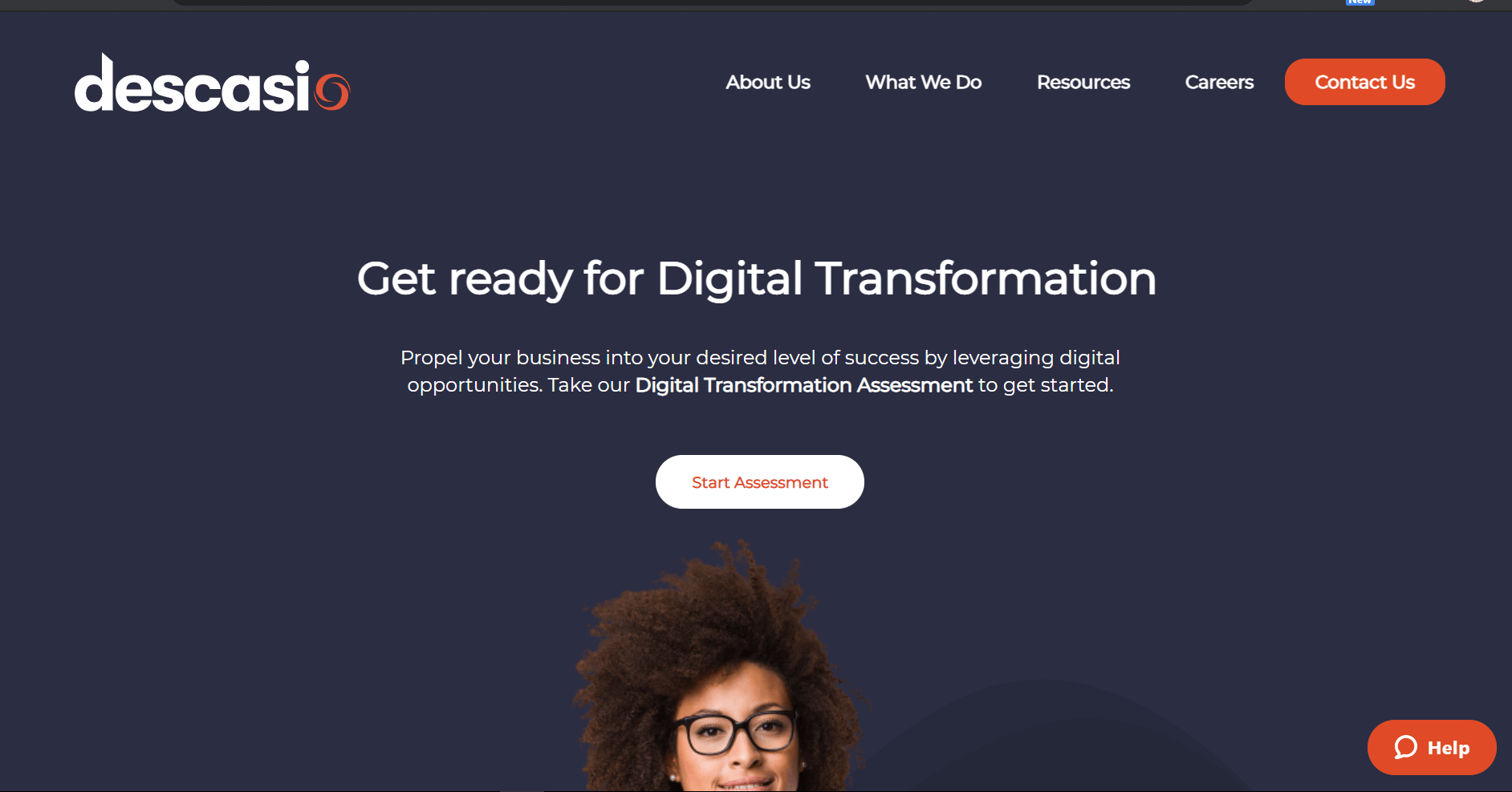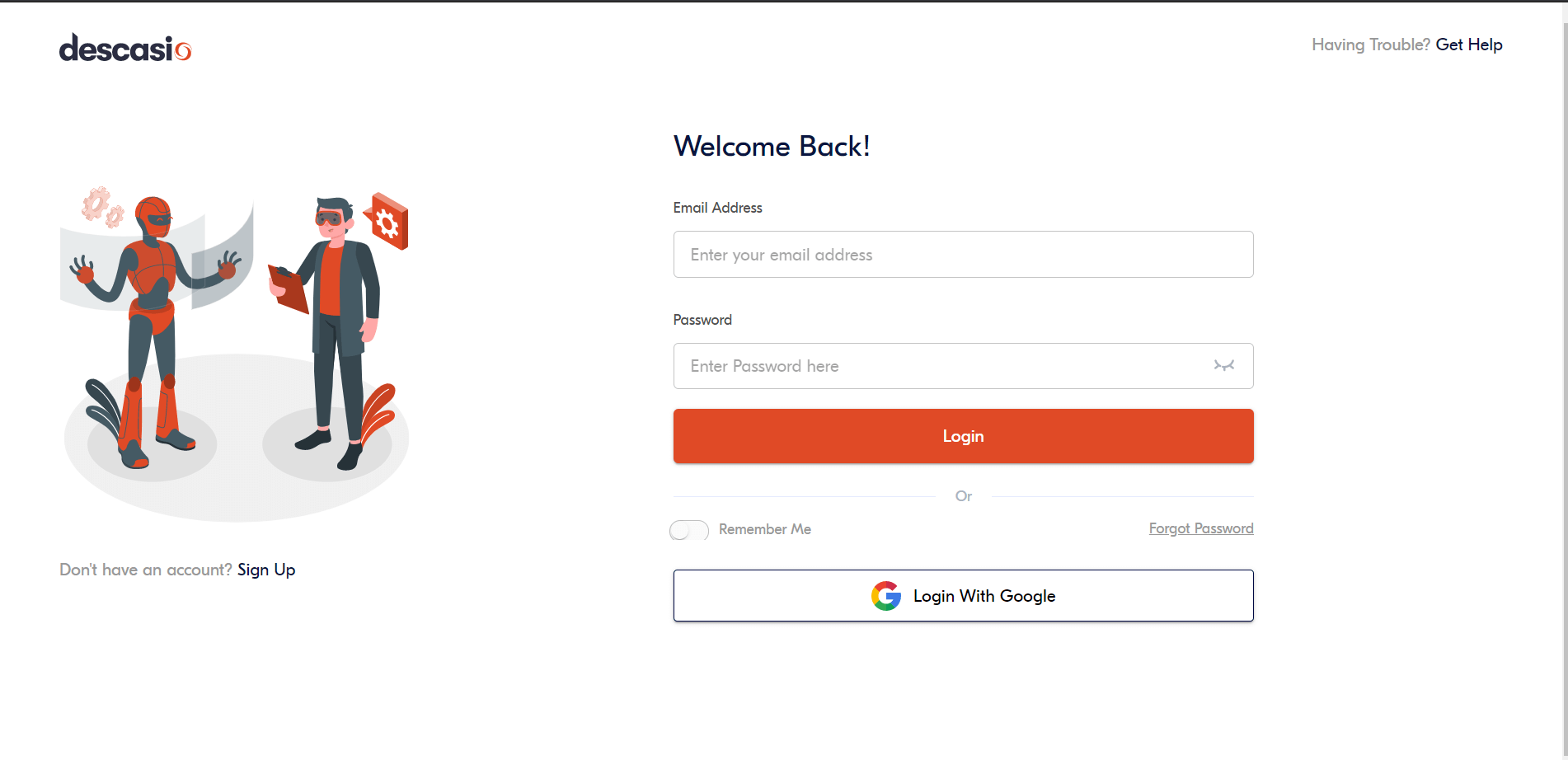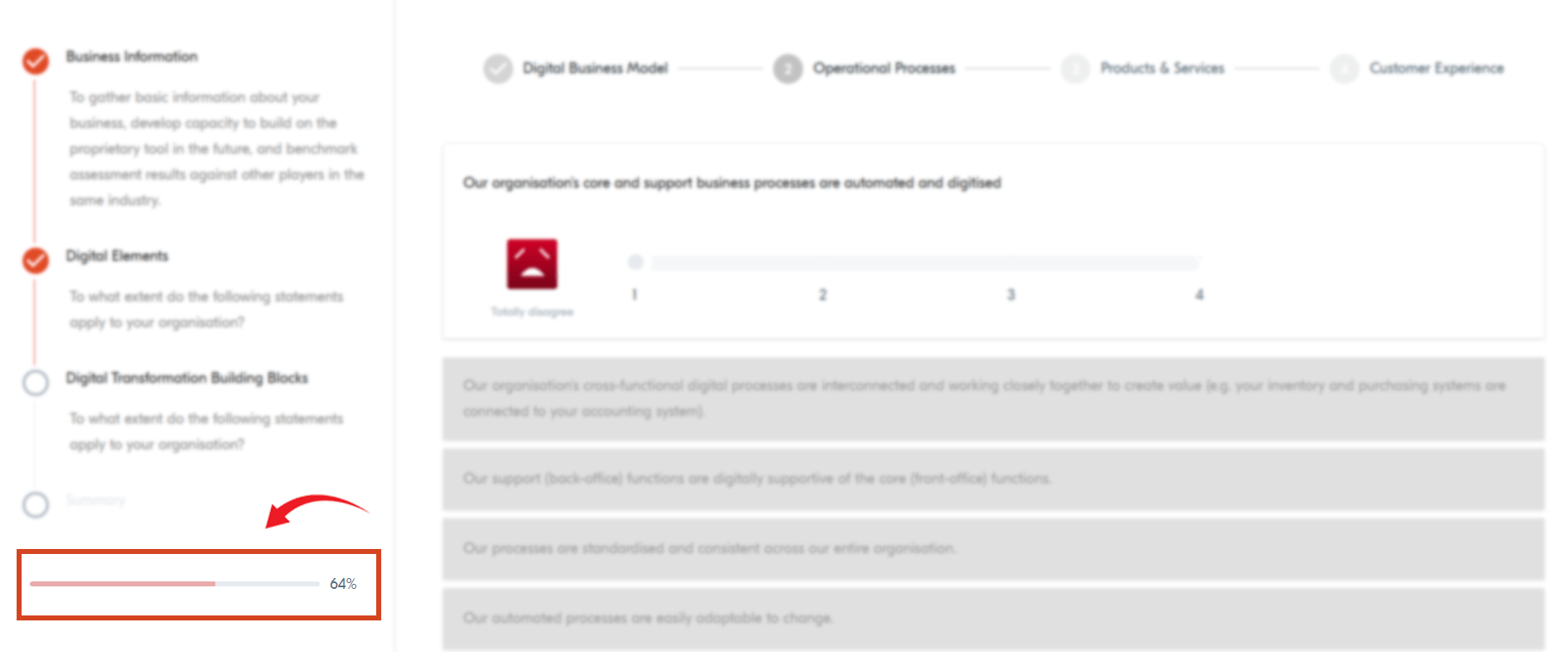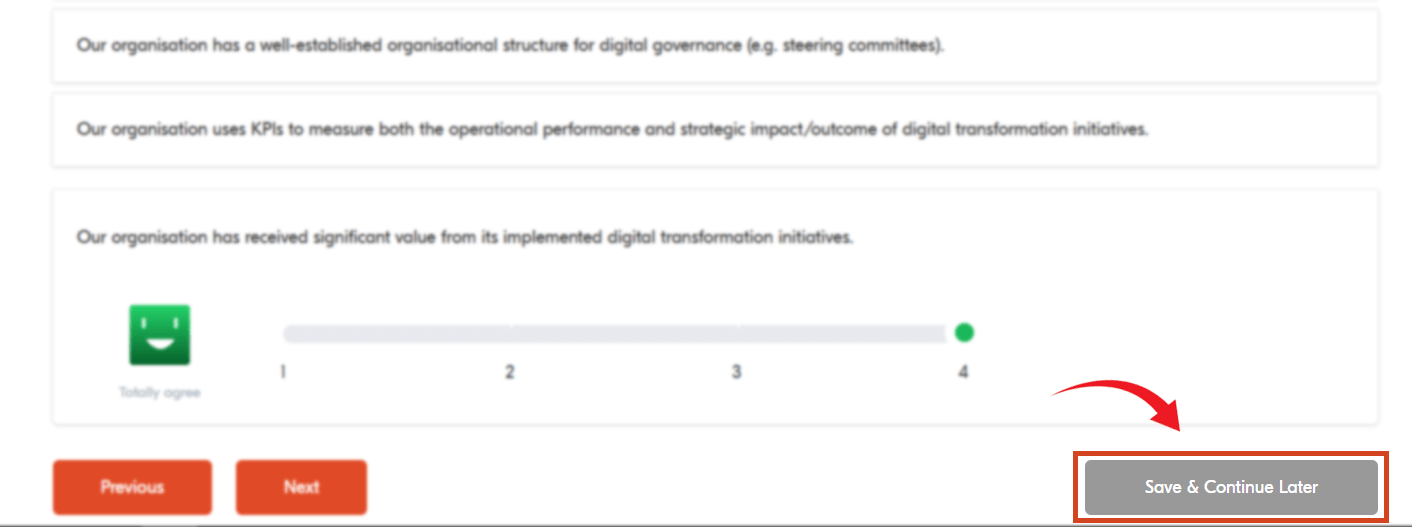Have you ever heard of the Japa syndrome? If you haven’t, you must be leaving under a noise-cancelling rock somewhere. “Japa”, a Nigerian slang for ‘running away’ is now fittingly associated with a popular trend, Nigerians escaping the hardship of the country.
The problem of worker migration is not unique to Nigeria, as many countries around the world face similar challenges. However, the scale of the problem in Nigeria is particularly significant due to the country’s large population, high unemployment rate, and lack of economic opportunities.
According to a recent pew research survey, 45% of Nigeria’s adult population plans to relocate to another country within five years. That’s staggering if you realise that is half of 110 million Nigerians about the age of 18. This is in addition to the 64% spike within a year in the number of Nigerians studying in the UK.
What’s worse is a greater number of these migrants are skilled workers who have left their jobs to seek better opportunities abroad, particularly in developed countries such as the United States, Canada, and Europe.
These workers often possess specialized skills and knowledge that are difficult to replace, which can negatively impact the productivity and profitability of businesses. Additionally, the cost and time required to recruit and train new workers can be significant, which can further strain the resources of businesses.
This article aims to provide an understanding of the causes of Japa Syndrome, strategies for solving it, and how Descasio can help combat the issue. It aims to provide insights to businesses and organizations to help them combat the negative impact of losing their workforce to this unfortunate phenomenon.
The Impact on Nigerian Businesses
The impact of worker migration on Nigerian businesses can be significant, affecting various aspects of their operations. Some of the most notable impacts include:
- Loss of Skilled Labor: The loss of skilled and experienced workers to Japa can be a major concern for businesses. These workers often possess specialized skills and knowledge that are difficult to replace, which can negatively impact the productivity and profitability of businesses.
- Difficulty in Recruiting and Training New Workers: Replacing skilled and experienced workers can be a difficult and time-consuming task. Businesses may struggle to find qualified candidates to fill the vacant positions, and the cost and time required to recruit and train new workers can be significant.
- Negative Impact on Productivity and Profitability: The loss of skilled workers can lead to a decrease in productivity and profitability for businesses. This can be particularly problematic for small and medium-sized businesses, which often lack the resources to effectively replace lost workers.
- Difficulty in retaining employees: The migration of workers from Nigeria to other countries can also create a culture of instability among employees who may feel that they too can migrate in search of better opportunities. This can lead to difficulty in retaining employees and maintaining a stable workforce.
- Brain Drain: The migration of skilled and educated workers from Nigeria can lead to a brain drain, where the country loses its most talented and educated citizens to other countries. This can be detrimental to the long-term development and growth of the Nigerian economy.
Possible Solutions To Japa
While the issue of worker migration is a complex and multifaceted problem, there are several solutions that Nigerian businesses can implement to mitigate the effects on their operations.
Some of these solutions include:
- Government Policies to Address the Root Causes of Migration: The government can play a key role in addressing the root causes of worker migration, such as high unemployment and lack of economic opportunities. This can include policies to promote job creation and economic growth, as well as programs to provide education and training to workers to increase their employability.
- Businesses Investing in Training and Development Programs: Businesses can invest in training and development programs to build a skilled and experienced workforce. This can include programs to provide education and training to current employees, as well as programs to attract and retain new workers.
- Investment in Technology to Increase Efficiency and Automation: Businesses can also invest in technology to increase efficiency and automation. This can help businesses to become more productive and profitable and to reduce their dependence on human labour. At Descasio, we offer automation solutions businesses can adopt to mitigate the loss of workers through Japa.
- Partnerships and Collaborations with Other Businesses: Businesses can also form partnerships and collaborations with other businesses to share resources and expertise. This can include sharing recruiting and training resources, as well as collaborating on research and development projects to create new products and services.
- Encourage Remote working: Encouraging remote working can also be a solution to mitigate the impact of worker migration. With the advancement of technology, businesses can have their employees work remotely, even when they are in other countries. At Descasio, we offer remote tools like Google workspace to help businesses communicate seamlessly with their employees no matter the location.
It’s important to note that these solutions may not be a one-size-fits-all approach. And addressing worker migration will require a multifaceted approach involving the government, businesses, and individuals.
Conclusion
The challenge of worker migration is a persistent problem for Nigerian businesses, as it results in the loss of skilled and experienced workers and creates difficulties in recruiting and training new employees. This can negatively impact the productivity and profitability of businesses. However, as outlined in this article, there are several solutions that businesses can implement to mitigate the effects of worker migration.
It’s important to note that addressing worker migration will require a multifaceted approach involving the government, businesses, and individuals working together. Descasio can play a crucial role in this process by providing businesses with the tools and technology they need to become more efficient, productive and profitable. This can include solutions such as automation, remote work management software, and talent management platforms.
Additionally, we can offer businesses a wide range of services such as cloud migration, data analytics, and AI-based solutions to create a more efficient and productive work environment. This can help businesses to reduce their dependence on human labour and increase their competitiveness in the global market.
In summary, worker migration is a significant challenge for Nigerian businesses, but with the implementation of the appropriate solutions and the help of tech solutions providers like Descasio, it’s possible to mitigate the effects and contribute to the development of the Nigerian economy.
